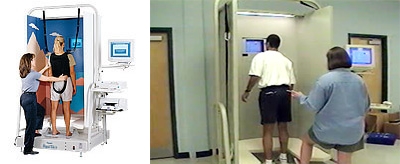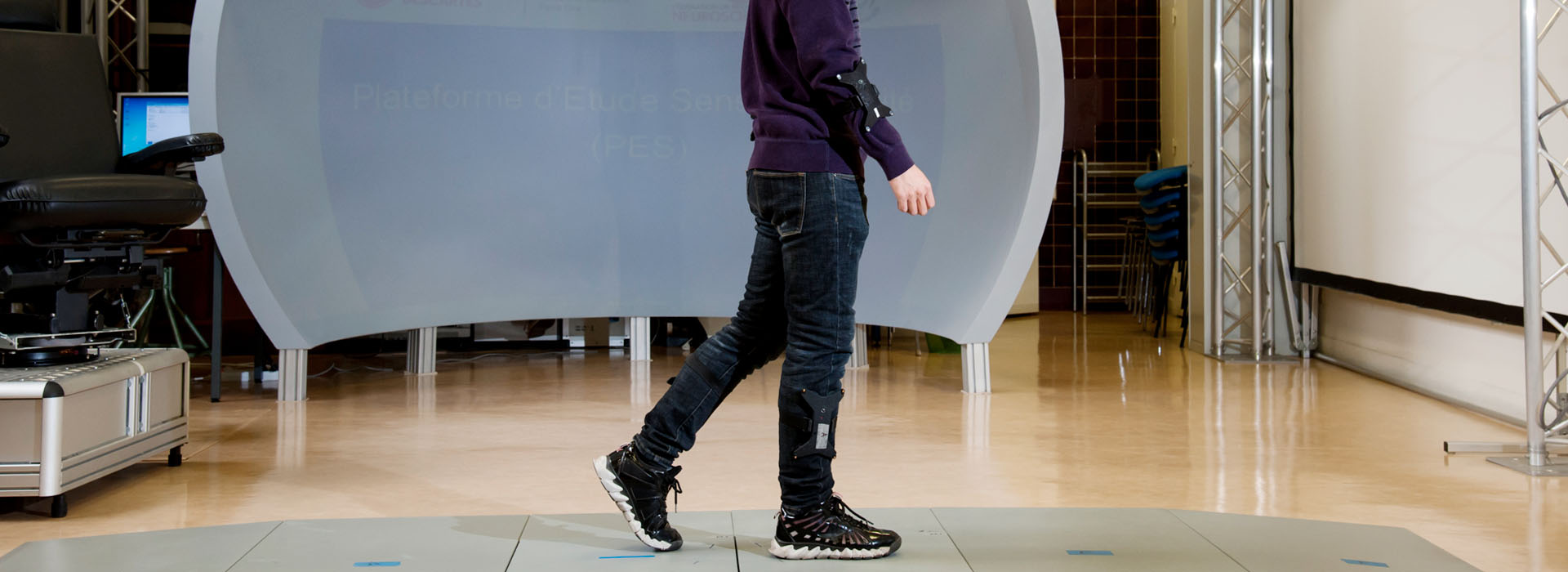Vestibular rehabilitation
Vestibular rehabilitation uses the plasticity of the central nervous system, i.e. its ability to develop new balancing strategies in light of an impairment in the peripheral vestibular system. Sometimes there is no peripheral vestibular deficit but a deterioration in the central use of inputs from the inner ear.
Two types of mechanism are involved: habituation, which reduces the intensity of the response by repeating the stimulation, and adaptation, which leads to a reorganization of the neural circuits, a recalibration in vestibulo-ocular and vestibulo-spinal reflexes, and better use of visual and proprioceptive resources.
To do this, vestibular rehabilitation uses various methods of sensory habituation, substitution or illusion through a combination of physical exercises and/or instrumental manoeuvres using a rotational chair, oculo-motor ramps, optokinetic target generators, posture platforms, etc. According to the literature, the mean duration for a VR programme is 4 to 10 weeks.
Virtual reality
Virtual Reality, VR, has become essential in the assessment and treatment of vestibular disorders allowing a global care package for the patient.
Virtual Reality is often seen as a way of caring for a patient through visual input. If the management of visual dependence seems obvious, VR also makes it possible to stimulate the vestibular system (after neuritis for example), through active head movements (vestibulo-ocular and vestibulo-spinal reflexes) which control speed and amplitude.
The field of VR applications is very wide in the treatment of Vestibular disorders:
- Visual dependence
- PPPD (Persistent Postural Perceptual Dizziness)
- Vestibular asymmetry (Neuritis - DVU)
- Vestibular neurotomy (Chemical or Surgical)
- Post-BPPV rehabilitation
- Meniere’s disease
- Multifactorial instability
- Motorist vestibular disorientation syndrome
- "Vestibular Omission"
- Bilateral Vestibular Dysfunction
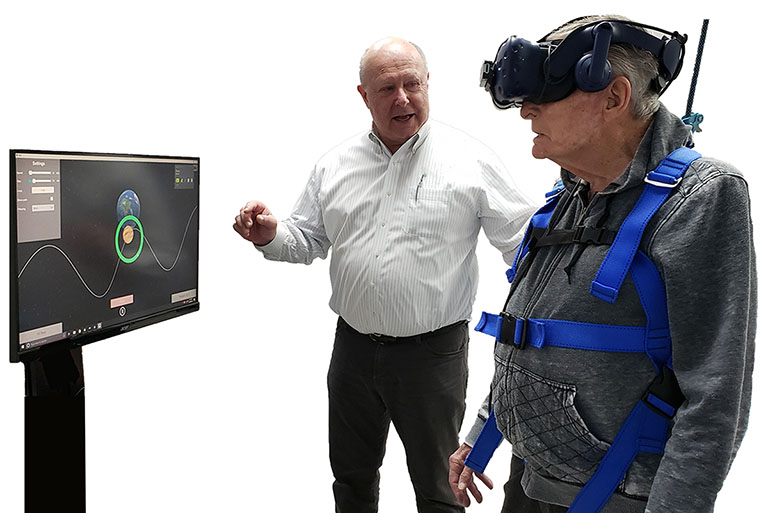
How can virtual reality help?
- A veritable sensory immersion which simulates the physical presence of the patient in an environment with which he/she can interact
- Improved balance and vestibular function from visual input or by stimulating the vestibular system (speed / amplitude)
- Realistic Stimulations - Activities of Daily Living (ADL)
- Immersive, fun, and quantifiable in nature (score to be achieved, realistic environment, etc.) which increases patient motivation
- Adaptation of exercises in real time according to each individual patient
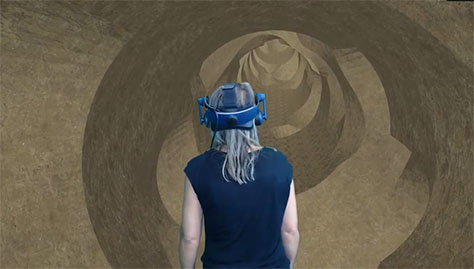
Virtualis, a partner of Lesvertiges.com, is a French company founded by a Vestibular Physiotherapist, Franck Assaban, who has been developing virtual reality assessment and rehabilitation software, for the management of vestibular disorders, for more than 5 years: www.virtualisvr.com
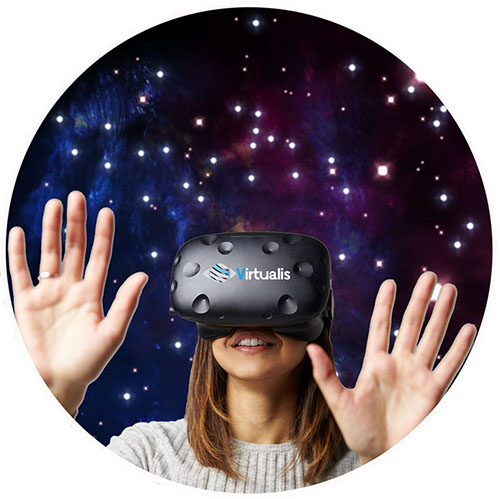
Rotational chair
The patient is placed on a chair rotating at high speed to the right or left and stopped abruptly. The patient is then asked to fix their gaze on a target in front of them and to say when the target stops moving. These accelerated rotations make the vestibular inputs symmetrical.
Optokinetic stimulation
Spots of light are shone in front of the patient, who is standing and must maintain balance either on a hard surface or on a foam mat. These procedures are designed to encourage the use of vestibular inputs and adjust the patient’s faith in them and the resulting stabilisation strategies based on the use of visual information.
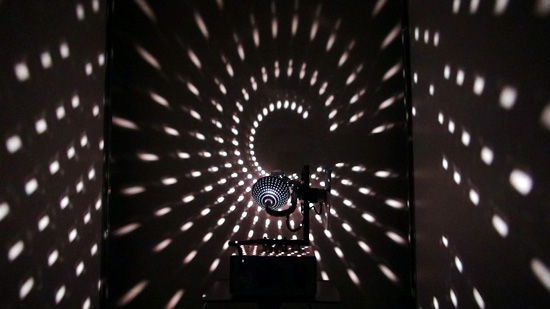
Stimulation optocinétique pour la rééducation vestibulaire
Proprioceptive stimulation
The patient is placed on a foam mat and must learn to maintain balance on a framiral, EquiTest or Satel moving platform. The aim is to maintain balance during the sessions.
